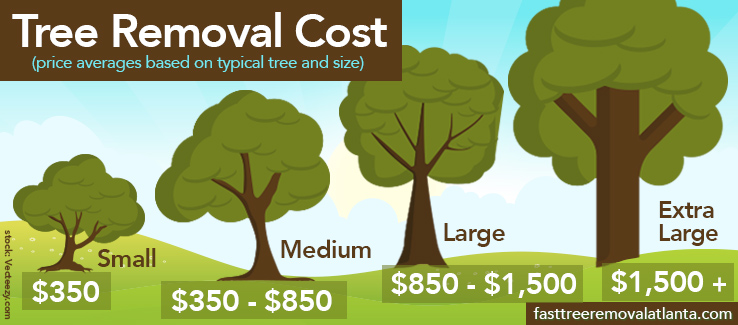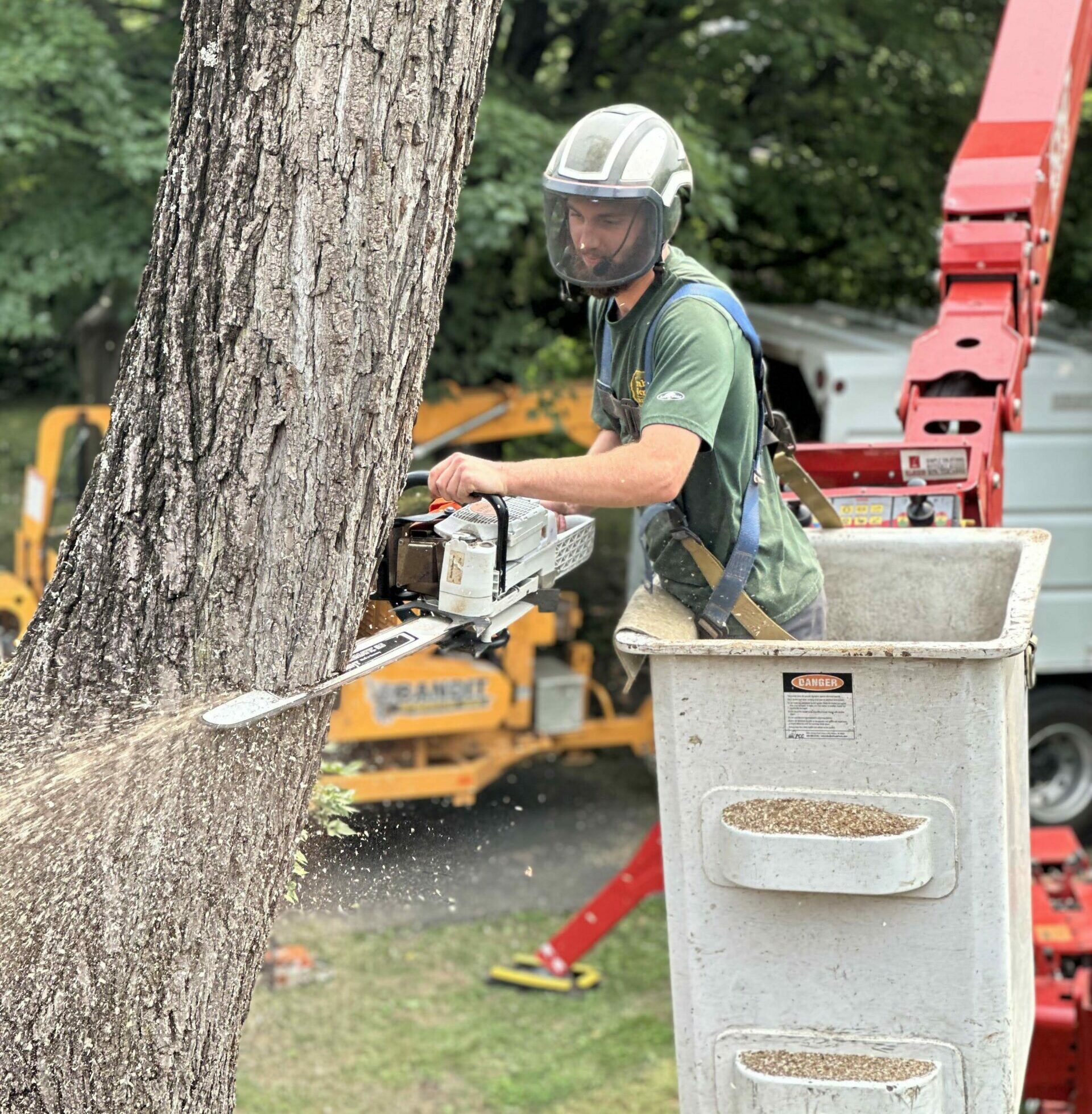Featured
Table of Contents
- – Best Money-Saving Tips On Stump Removal In Dod...
- – Military Discounts On Stump Removal In Dodge C...
- – Dodge City, KS Tree Removal Ratings
- – Large Stump Removal Costs In Dodge City, KS
- – Local vs National Tree Service Costs In Dodge...
- – Dodge City, KS Arborist Assessment Costs
- – Dodge City, KS Tree Clearing Case Studies: Co...
- – Veteran Discounts On Arborist In Dodge City,...
- – Dodge City, KS Stump Removal: Real Testimoni...
- – Compare Tree Service Price Quotes In Dodge C...
- – Compare Arborist Costs In Dodge City, KS
- – What To Budget For An Tree Clearing In Dodge...
- – Upfront Tree Trimming Costs In Dodge City, K...
- – Leading Affordable Stump Removal In Dodge Ci...
- – Senior Discounts On Stump Grinding In Dodge ...

The subsections listed below supply more comprehensive information about rates, consisting of a typical range for each. TypeAverage Removal CostPineConiferPalmMagnoliaArborvitaeAshCedarSweet GumEucalyptusSycamoreCypressOakMaplePoplar You can expect to pay between to get rid of a pine, depending upon its size. Removing a pine is among the more affordable jobs unless it is one that has been around for many years and is rather large.
Best Money-Saving Tips On Stump Removal In Dodge City, KS
Pines also have a tap root that grows deep into the soil, which can prove to be more challenging to remove. The process itself includes a specialist cutting the tree, clearing the base, cutting the surface roots, removing the stump, and finally treating the soil. Without a professional hand, you risk leaving pine seedlings behind, which will fall from the roots of distressed pines.
Military Discounts On Stump Removal In Dodge City, KS
The U.S. national average for conifer elimination is around to have the conifer cut down, transported away, and the stump ground or gotten rid of completely. Conifers are typically simpler to remove, and although they can grow rather tall, they do not cost a fortune to remove. Conifers include pine, spruce, fir, and juniper trees.
Dodge City, KS Tree Removal Ratings
While conifers are lovely, they eliminate native plants and specific types of turf (tree clearing). The typical cost of palm elimination depends on the height as much as the type, ranging from.
Large Stump Removal Costs In Dodge City, KS
That is why it is very important to understand which type you are getting rid of. While you do not need an herbicide to kill a palm tree, there are some steps your removal specialist will need to take to guarantee the task is done correctly. There are two methods they can get rid of them: by slicing them down or digging them up.
Local vs National Tree Service Costs In Dodge City, KS
This is because little animals like rats and scorpions often reside in them. Plus, lots of types will have spikes, too. From there, they eliminate the actual tree and then the stump. Anticipate to pay between to eliminate this kind of tree, depending on the precise size and details of the job.
Dodge City, KS Arborist Assessment Costs
There are three types: green, white, and black ash. With its gray-tinged bark, its leaves are green or purple in the spring and golden yellow or purplish-red in the fall.
Dodge City, KS Tree Clearing Case Studies: Costs

Due to the variation in height, the elimination price difference is large from. A coniferous, evergreen tree, the cedar is a sturdy types.
Veteran Discounts On Arborist In Dodge City, KS
The development of incorrect cedars differs from 50 feet up to 230 feet high. Property owners might pay anywhere from, depending on the roots. With star-shaped leaves and spectacular fall colors, the sweet gum is considered a medium to big tree. Delighting in complete sun, the sweet gum can not tolerate contamination.
Dodge City, KS Stump Removal: Real Testimonials
Normally, it costs in between to remove a eucalyptus. Eucalyptus are not typical all over, however they are quite big compared to others, which is why even the smaller sized ones are so expensive to remove.
Compare Tree Service Price Quotes In Dodge City, KS
There are a handful of ways to do this, including burning, pulling, grinding, or killing them with herbicide. Expect to pay between to eliminate sycamores, based on the height, trunk size, and amount of work included. Sycamores are one of the biggest hardwood trees, usually varying from 60 to 100 feet high and as large as 15 feet.
Compare Arborist Costs In Dodge City, KS
The very first 2 actions will expose the withins of the tree and cut off the circulation of nutrients up the trunk. From there, an expert applies herbicide to eliminate the tree and reduce the trunk. They will eliminate the stump. Otherwise, brand-new sprouts may grow from it. Reducing and eliminating a mature cypress might cost as much as.
What To Budget For An Tree Clearing In Dodge City, KS
There are many different kinds of Cypress trees, however the most prevalent are the Leyland, Arizona, Bald, and Italian. The Bald Cypress grows in swampy or very moist areas while the others delight in a dry, warm, or hot environment (stump removal). They can grow as high as 80 to 100 feet high
Upfront Tree Trimming Costs In Dodge City, KS: No Hidden Fees

Prone to diseases, the Cypress is one of the most treasured woods for furnishings. The typical oak grows to around 60 feet, and depending upon the complexity of the elimination, it costs an average of to get rid of. The specific size of your oak and the effort needed to fell it affect what you will in fact spend for elimination together with any additional services like stump grinding.
Leading Affordable Stump Removal In Dodge City, KS
Access to the trees and the roots will likewise impact the overall expense. Maples can easily mature to 100 feet or more and typically expense between to remove from your residential or commercial property. The last rate depends upon the actual height and complexity of the job. Maples are usually amongst the more expensive trees to eliminate due to the fact that of their size and the work associated with the removal.
Senior Discounts On Stump Grinding In Dodge City, KS
Poplars are giants of the types. Growing as high as 90 to 115 feet, these massive timbers are generally discovered in North America and consist of the aspen, cottonwood, and balsam trees. Boasting an extensive root system, poplars can be costly to remove when fully grown. The procedure to remove trees includes all the cutting and cutting of the branches and trunk, bringing it down to a stump.
Table of Contents
- – Best Money-Saving Tips On Stump Removal In Dod...
- – Military Discounts On Stump Removal In Dodge C...
- – Dodge City, KS Tree Removal Ratings
- – Large Stump Removal Costs In Dodge City, KS
- – Local vs National Tree Service Costs In Dodge...
- – Dodge City, KS Arborist Assessment Costs
- – Dodge City, KS Tree Clearing Case Studies: Co...
- – Veteran Discounts On Arborist In Dodge City,...
- – Dodge City, KS Stump Removal: Real Testimoni...
- – Compare Tree Service Price Quotes In Dodge C...
- – Compare Arborist Costs In Dodge City, KS
- – What To Budget For An Tree Clearing In Dodge...
- – Upfront Tree Trimming Costs In Dodge City, K...
- – Leading Affordable Stump Removal In Dodge Ci...
- – Senior Discounts On Stump Grinding In Dodge ...
Latest Posts
Parsippany, NJ Stump Removal: Financing Plans
Should You Hire A Tree Removal In West Haven, CT?
Secure Fair Tree Service Quotes In Corning, NY
More
Latest Posts
Parsippany, NJ Stump Removal: Financing Plans
Should You Hire A Tree Removal In West Haven, CT?
Secure Fair Tree Service Quotes In Corning, NY